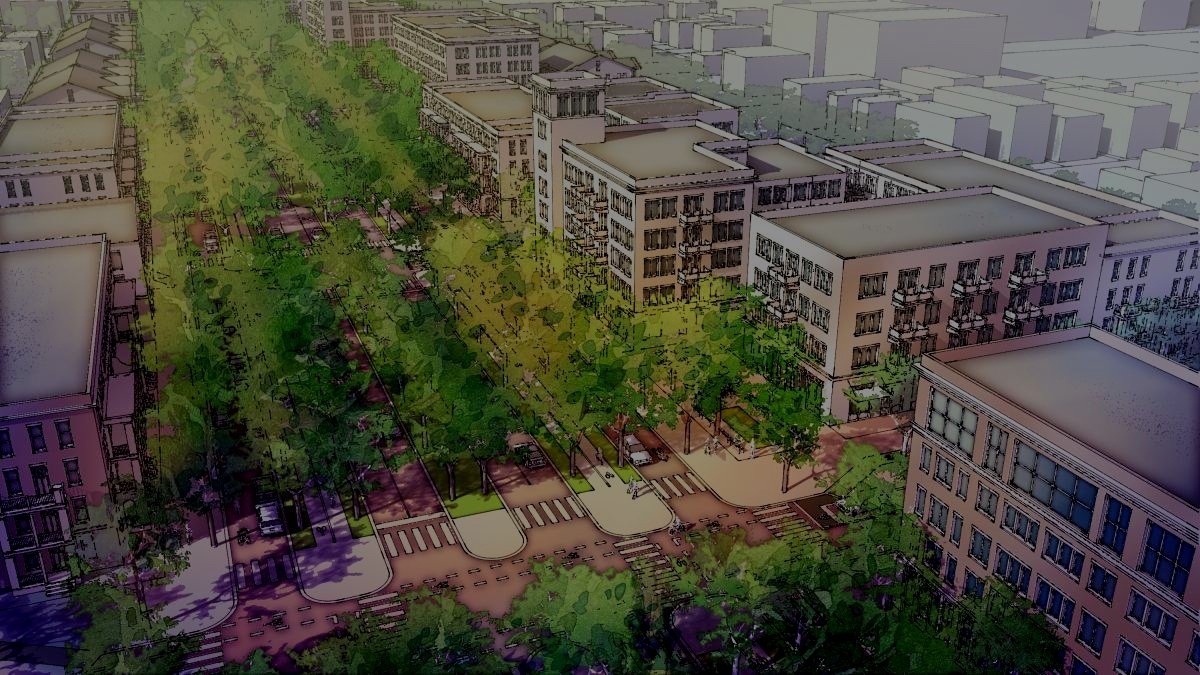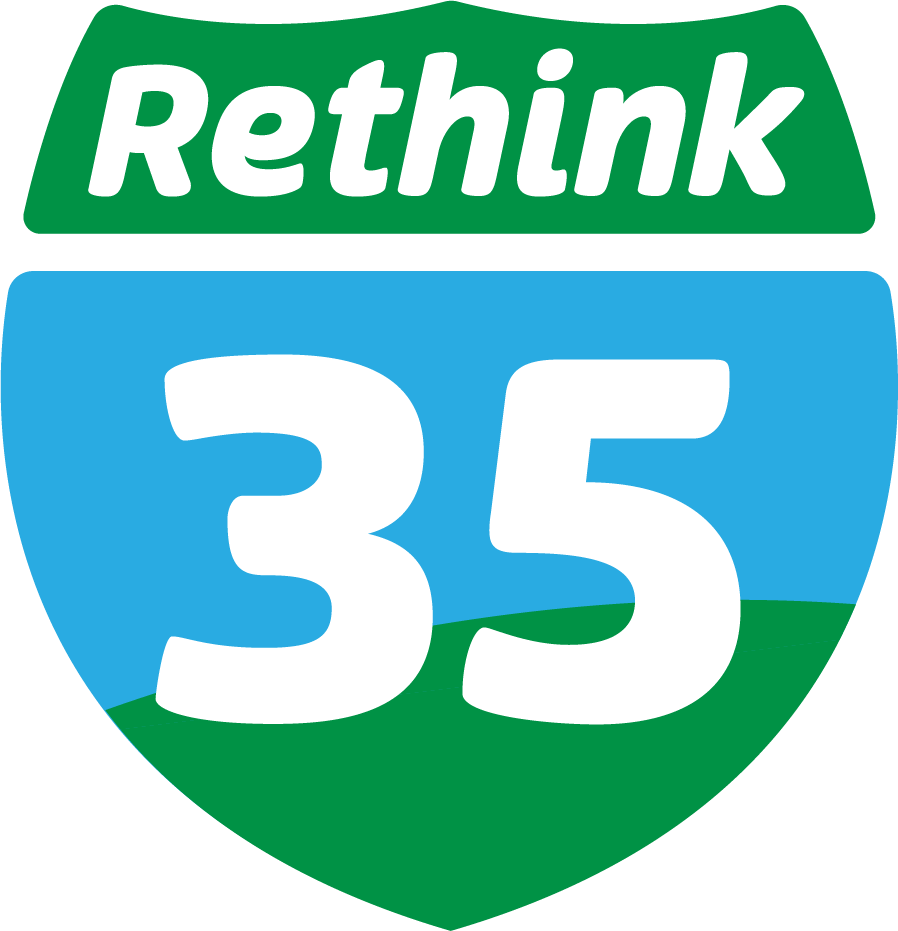
Alternatives to Highway Expansion
Our Proposal
If not a wider highway,
then what?
Traffic sucks. But solving our transportation challenges can be a win-win-win, for the goals of mobility, equity, health, environment, and financial prosperity.
We propose a collection of proven ways to meet these goals, and we’re always tuned into new community concepts —
Over 110 businesses / organizations and thousands of people have signed on in support of the Rethink35 proposals.
01/
Resist the planned I-35 expansion
The time to stop this is now. Without intervention, construction will start on the central part of I-35 in spring/summer of 2024.
Expansion would hurt Austin for decades. Urban highways have been causing ecological destruction, social alienation, traffic-related disease, injury, and death, economic harm, and unwelcoming urban environments since they were first paved.
Opposition is growing rapidly. Our coalition of supporter organizations has grown quickly in recent months, and more elected officials are speaking directly against the expansion than ever.
SH-130 already pitches itself as an alternative for Austin through-traffic
02/
Make a new home for
the highway
It’s financially possible. TxDOT has said it’s not financially feasible to buy out the SH-130 tollway, but that cost is only ~3/5 of the cost of I-35 expansion.
Use what we have. SH-130 is also currently under-utilized due to high tolls. We should use our existing roads to their fullest before we start building any more highways, especially for shipping traffic along the Mexico-Canada trade corridor that includes I-35.
Pass the mantle. 👑 As their homepage says, SH-130 is “the reliable alternative to I-35” for through-traffic. Let’s consider bestowing the name of I-35 upon SH-130, making it the default way to drive past the Austin region.
One potential picture of a multimodal urban boulevard, including buses, bikes, and cars
03/
Free Austin from
car-dependency
Austinites want alternatives to driving, not more of it. When surveyed, 70% of Austinites want to drive less, and would prefer to walk, bike, take the bus, or ride the train. That’s why the region approved massive investments in transit and cycling infrastructure.
We have the infrastructure. CapMetro transit ridership is at its highest in years, and more people are taking advantage of the city’s new bike lanes and sidewalks every day.
Forced car ownership is a racket. The average American household now spends nearly $700 a month on car loans and insurance, a 13% increase from 2022-2023 — not even including fuel costs. This is the highest it’s ever been, and ranges from 10% to 80% of an Austinite’s monthly income. This is not sustainable — financially or ecologically.
Before-and-after: Multimodal transportation moves more people-per-minute than highways
04/
Replace today’s I-35 with an urban boulevard
Make of the most of the land. If used to develop a boulevard for multimodal transportation and new development, the land could potentially move thousands more people per day, and house hundreds of more Austinites (helping keep the city affordable), and lead to hundreds of new local businesses.
Entice new investment. Converting the highway into a human-friendly space like a boulevard would relieve property value suppression that’s been in place since the highway was built. Milwaukee saw more than $1 billion in new downtown investments when they converted their urban highway into a boulevard.
Don’t waste money. A cancelled highway expansion plan in Washington, DC was calculated to have saved the city $6.8 billion in taxable land value. To support Austin’s crucial city services, we need to free up this corridor of land to local investment, led by community priorities like housing supply and locally owned businesses.
“Yeah, but…”
There is a lot of jargon and misinformation around traffic congestion and I-35. Get the facts:
Ready to join the freeway fight?
>>>>>>>>>>>





